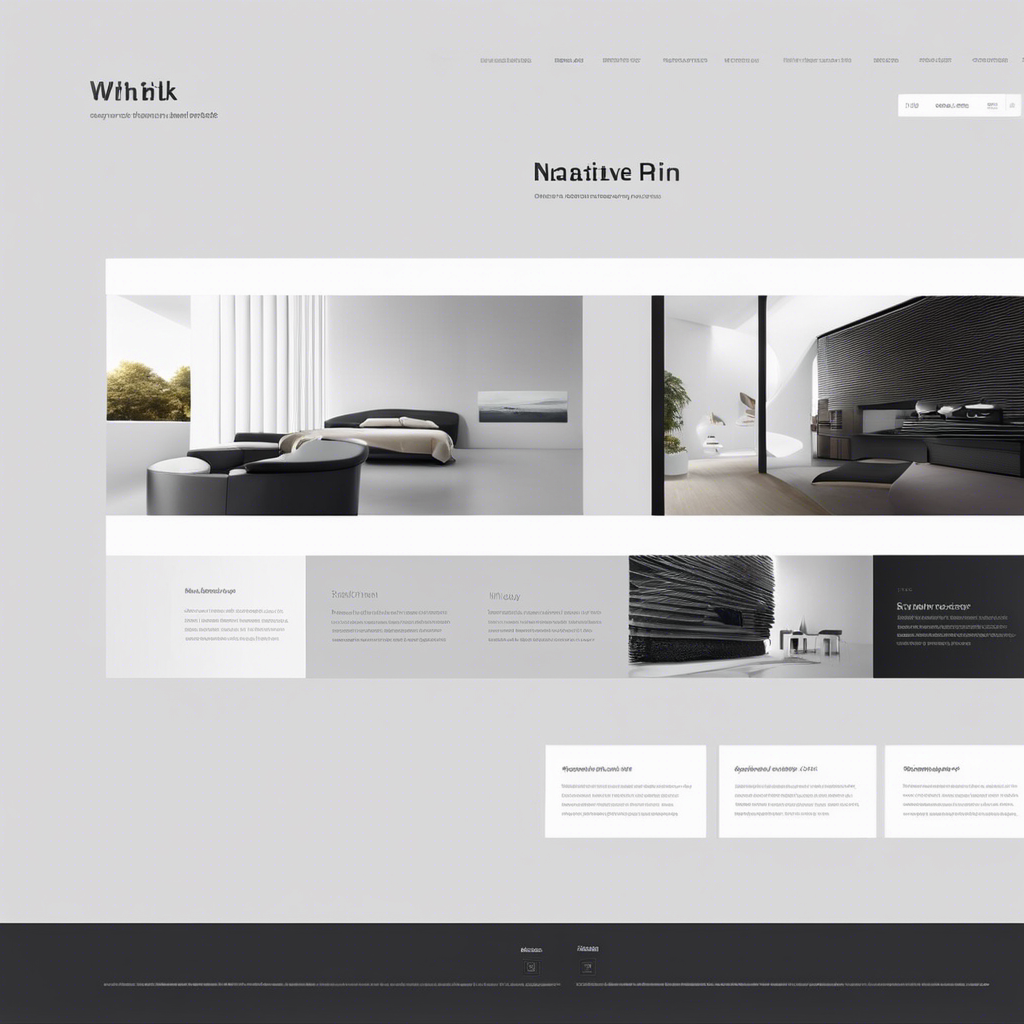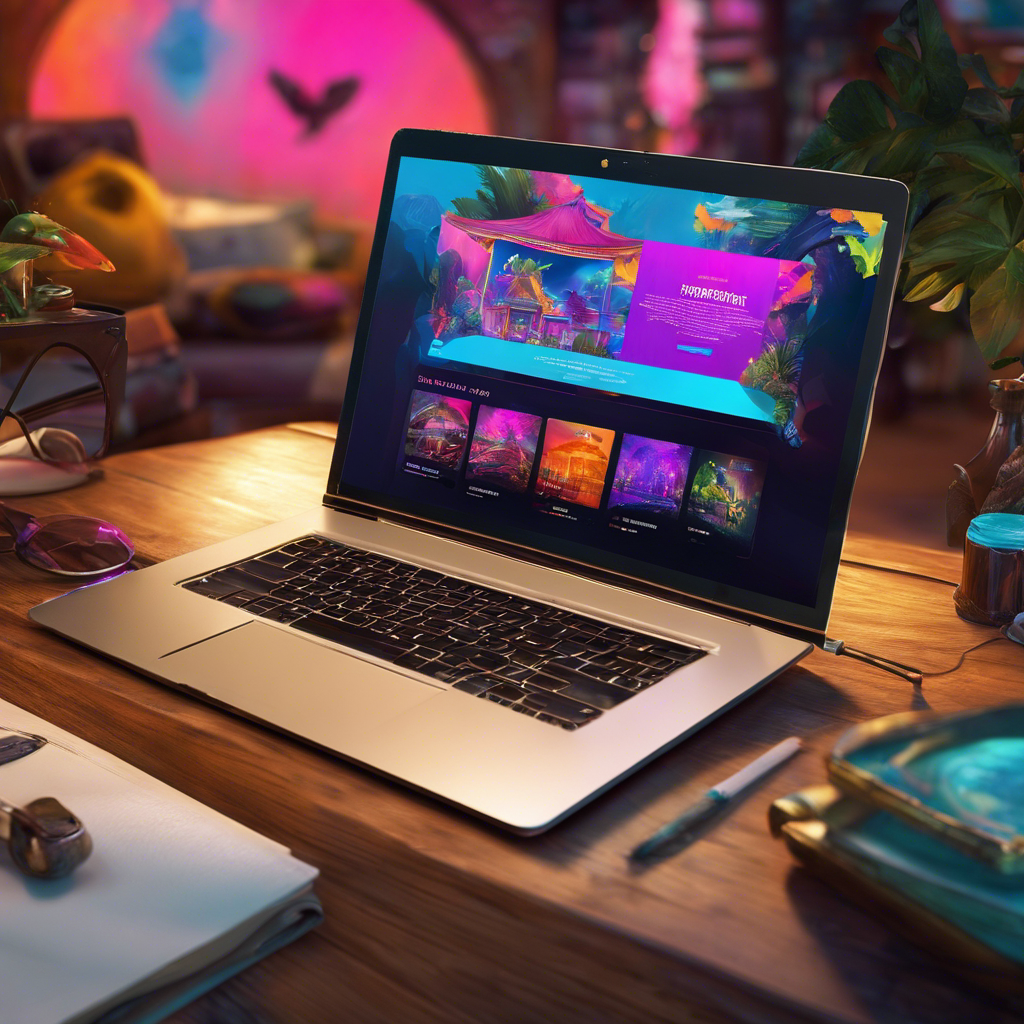Did you know that incorporating animations and microinteractions into web design can greatly enhance your website’s user experience?
These interactive elements not only make your site more engaging, but they also improve usability and increase user satisfaction.
By using animations and microinteractions, you can guide users towards specific parts of your website or app, making their navigation seamless and intuitive.
Furthermore, these dynamic features allow you to collect valuable user information and provide real-time feedback based on their interactions.
The end result is a more enjoyable and rewarding user experience, ultimately leaving a lasting impression on your visitors.
So, if you’re looking to create a memorable and visually appealing website, consider leveraging the benefits of animations and microinteractions in your web design.
Key Takeaways
- Incorporating animations and microinteractions improves overall user experience
- Microinteractions provide visual feedback and guidance
- These interactions increase engagement with the website or app
- Microinteractions communicate system status and progress
Enhancing User Engagement
To enhance user engagement, you can incorporate animations and microinteractions into your web design.
Microinteractions, such as buttons and notifications, play a crucial role in improving the overall user experience. By providing visual feedback and guidance, microinteractions encourage users to interact with specific elements of your design, increasing engagement with your website or app.
These small yet impactful interactions make the user experience more enjoyable and rewarding. They not only improve ease of use and efficiency but also create a sense of control and empowerment for users.
Microinteractions effectively communicate system status and progress, ensuring that users stay informed and engaged.
Improving User Experience
To further enhance user engagement, you can incorporate animations and microinteractions into your web design more strategically and consistently.
Microinteractions, those tiny design elements that provide visual feedback, have a significant impact on the user experience. By using visual cues and providing immediate responses, microinteractions create a delightful user interface that improves user satisfaction.
These subtle animations and interactions guide users through the website or app, making it easier for them to navigate, find information, and complete tasks.
Additionally, microinteractions collect user feedback and data, allowing you to gather valuable insights and make informed design decisions.
Increasing User Satisfaction
For a higher level of user satisfaction, incorporate animations and microinteractions into your web design. These tiny details play a crucial role in enhancing the user experience by providing visual and interactive feedback.
Imagine a scenario where users fill out a form on your website. With microinteractions, they can see the results in real-time, making it easier for them to interact with the form. For example, as they enter their information, the software detects certain qualifications, and the button changes color to indicate that their qualifications are being met.
These functional animations not only make the process more engaging but also provide users with the assurance that they’re on the right track. By paying attention to these small but significant details, you can make a difference in keeping users engaged and satisfied with your website or app.
Creating Memorable Interactions
How can animations and microinteractions in web design create memorable interactions for you?
By incorporating these elements into your website or mobile app, you can provide users with a wide range of engaging experiences. For example, when a user clicks on a button and sees a subtle animation or receives instant feedback, it creates a sense of direct interaction and involvement.
These microinteractions not only enhance the user’s experience but also contribute to a more memorable interaction. Social media platforms often use microinteractions to communicate notifications, likes, and comments, making the user experience more enjoyable and rewarding.
Additionally, prototyping tools allow designers to create and test various microinteractions before implementing them in the final design. By leveraging real-life examples and incorporating microinteractions, you can create a website or app that leaves a lasting impression on your users.
Adding Visual Appeal
As a web designer, you can enhance the visual appeal of your website by incorporating animations and microinteractions. These microinteractions can be used to provide immediate feedback to users, adding a layer of interactivity and engagement.
By using microinteractions to enhance the user experience, you can create a more visually appealing website that captures users’ attention and keeps them engaged. For example, a micro-interaction that responds to user behavior can be implemented to provide visual cues and guide users through complex processes.
Additionally, microinteractions can be triggered by users, such as clicking on a navigation menu, or by the system, such as when a notification pops up. These small interactions contribute to the overall ease of use and enhance the visual appeal of your website.
Frequently Asked Questions
What Are Some Benefits of Using Microinteractions?
Using microinteractions in web design offers numerous benefits. They enhance user engagement, improve the overall user experience, increase website interactivity, provide improved user feedback, and create attention-grabbing design elements for fun and playful user interactions.
What Are the Benefits of Web Animation?
Using web animation enhances your user engagement and experience by adding attention-grabbing visual effects. It also improves website interactivity, highlights important information, and provides a seamless navigation experience. Plus, it increases brand recognition and encourages user interaction, adding a touch of creativity and uniqueness.
What Is the Difference Between Animation and Microinteractions?
The difference between animations and microinteractions lies in their scale and purpose. Animations create visual dynamism and engagement, while microinteractions enhance the user experience through targeted interactions and immediate feedback.
Why Is Micro Animation Important?
Micro animations are important because they enhance user engagement, improve user experience, and impact user satisfaction. They also play a role in branding and improve usability. Additionally, microinteractions can increase conversion rates and have potential in mobile apps.




